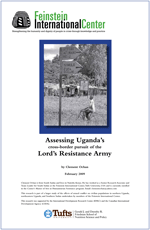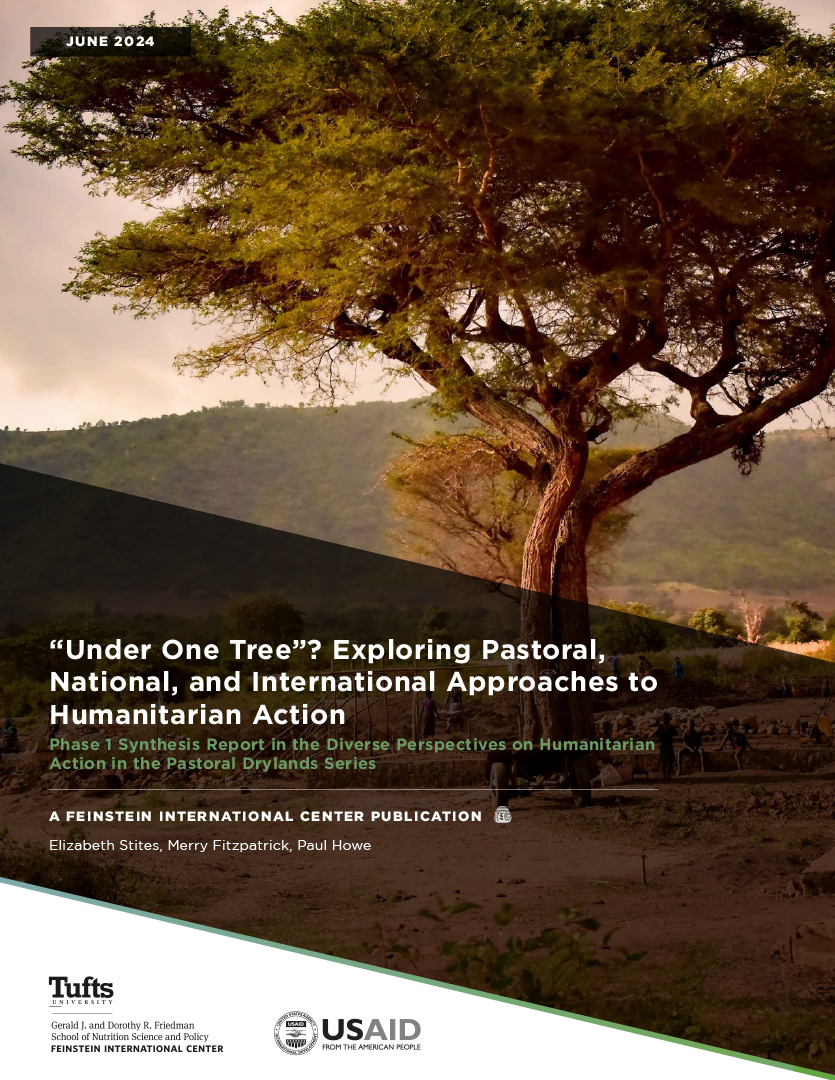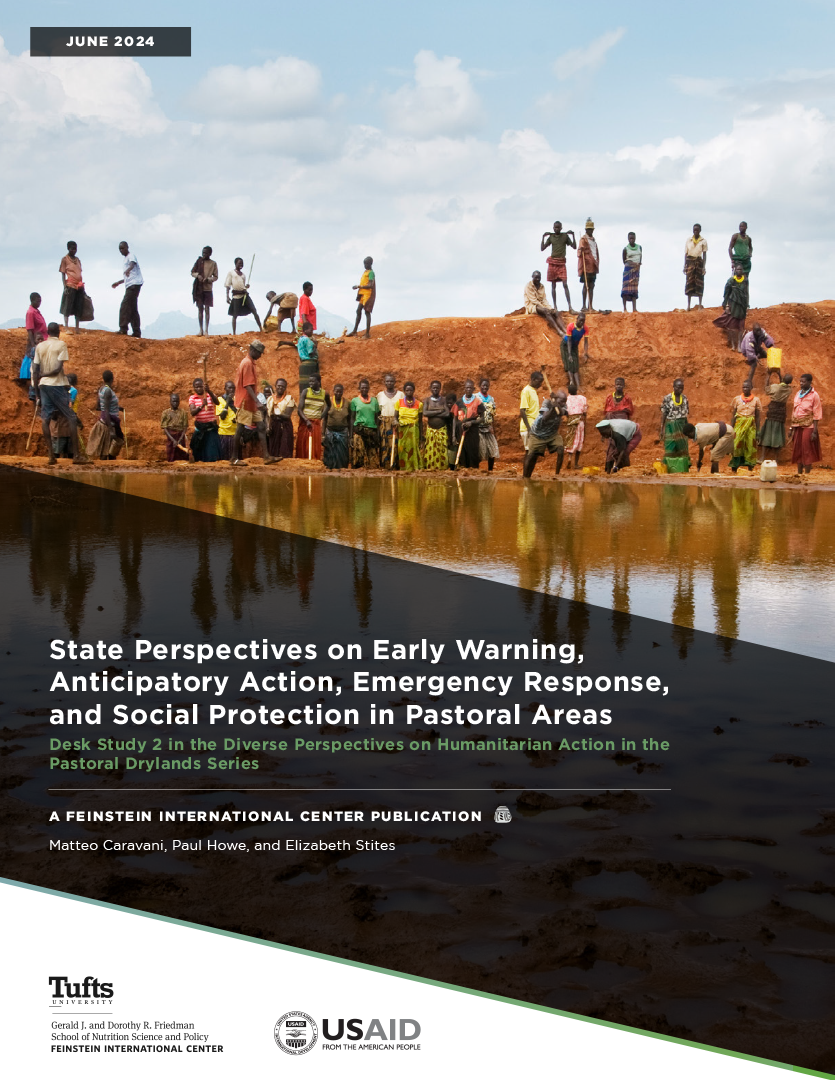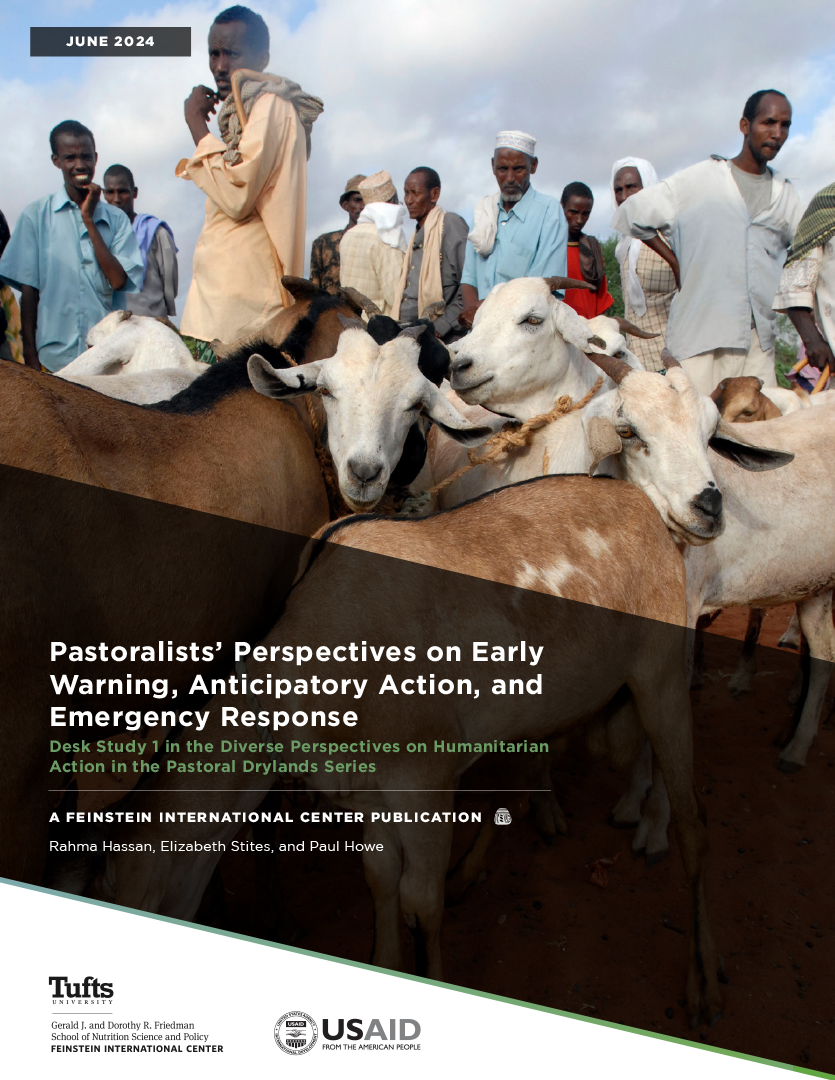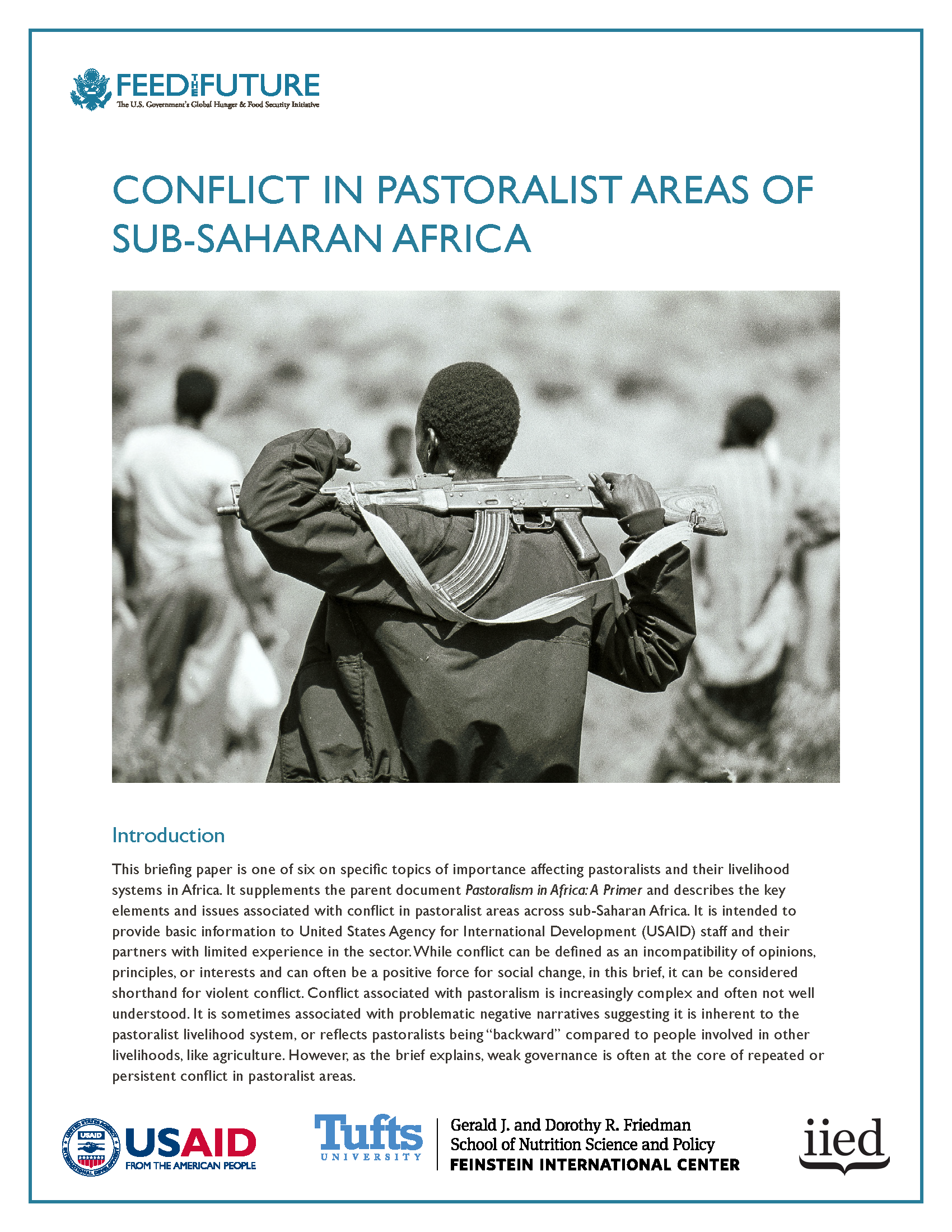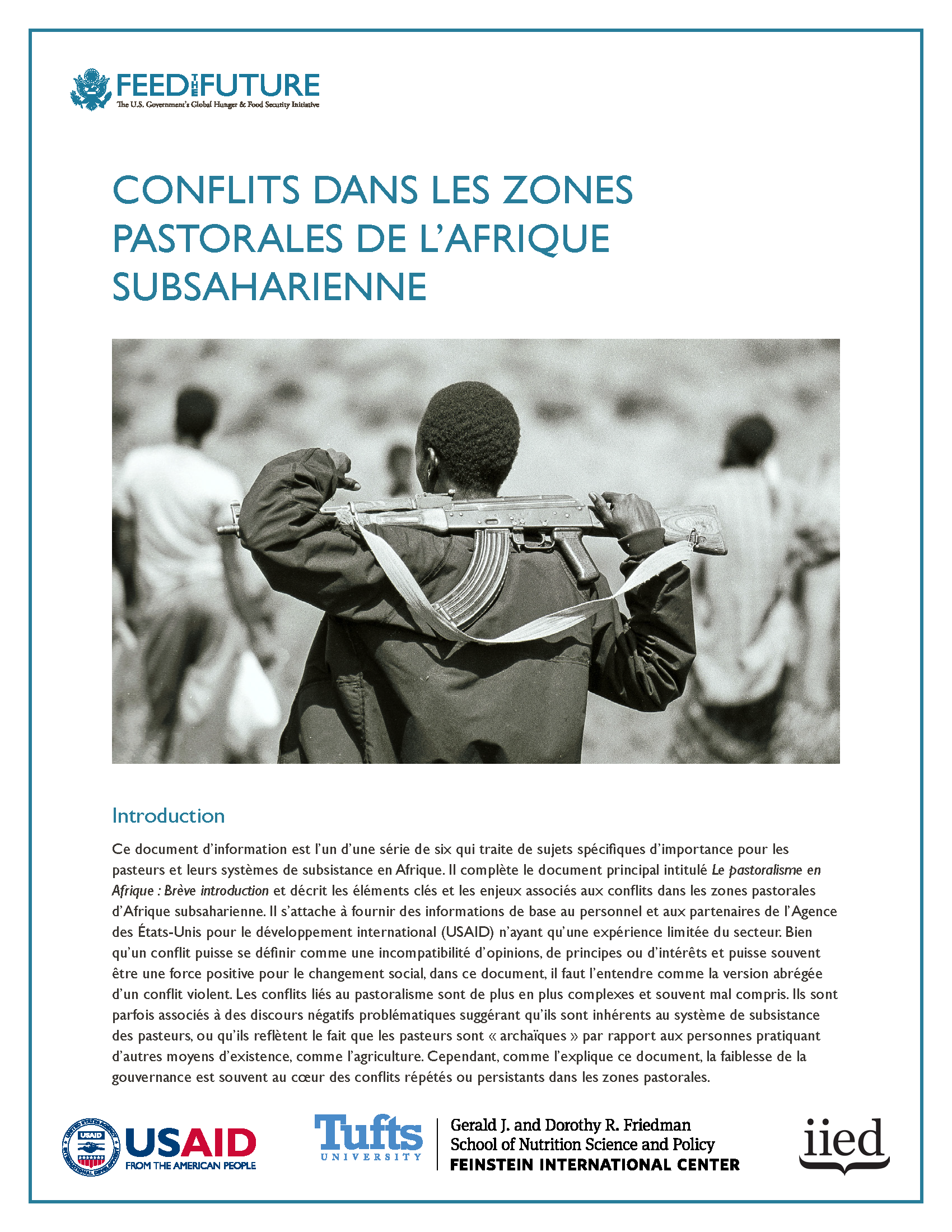Since 2002 the Ugandan army – the Ugandan People’s Defense Force (UPDF) – has been operating inside South Sudan in pursuit of rebels from the Lord’s Resistance Army (LRA). Joint operations with the Sudan People’s Liberation Army (SPLA) – which now rules the autonomous region – have failed to dislodge the LRA, which has broadened its area of operations. After abandoning peace talks and refusing to surrender himself to the International Criminal Court, Joseph Kony, the LRA leader, has redeployed his forces over wide areas astride the borders of Sudan, Uganda, the Democratic Republic of the Congo, and the Central African Republic. The LRA continues to terrorize civilians.
To date there has been little analysis of the role of the UPDF in South Sudan. Based on fieldwork in the two locations where the UPDF has been garrisoned Feinstein International Center researcher Clement Ochan produces evidence from Sudanese civilians and officials that the Ugandan military has failed to vigorously pursue the LRA. Civilians and officials alike allege the government of Uganda is spinning out the conflict – which Uganda has presented as an integral part of the Global War on Terror – in order to secure Western military assistance. Have ill-disciplined UPDF and SPLA soldiers been more interested in securing benefits for themselves than winning the war? Could the Dinka-dominated SPLA do more to protect members of minority communities – many of whom did not necessarily support the struggle to liberate South Sudan – from LRA attacks?
This report informs the background to the current crisis in the region and discussions about whether local and international policy-makers should rely primarily on military force to protect civilians from the ongoing threat posed by the LRA.

